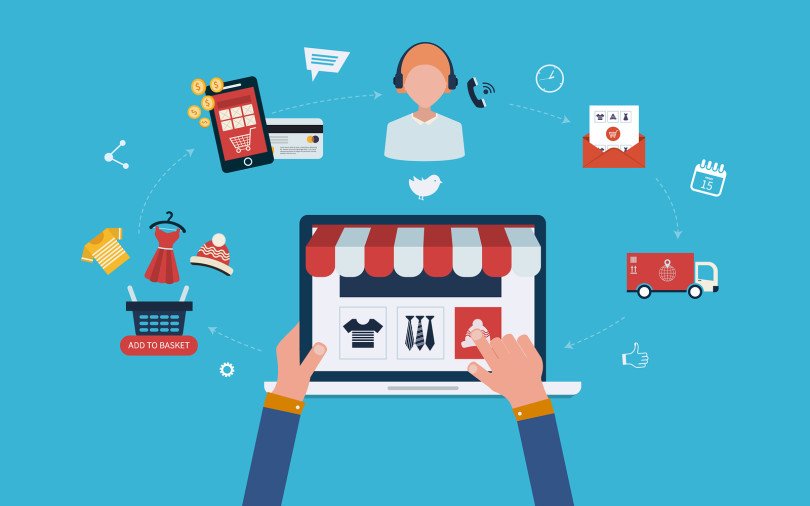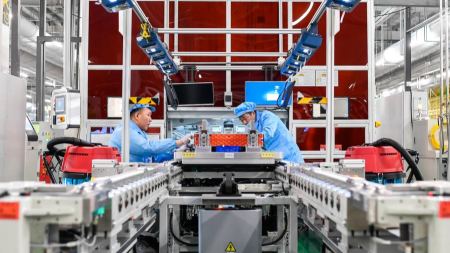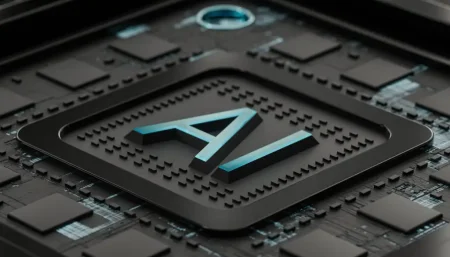Online shopping has changed quickly over the past ten years. What began as a simple way to buy things online has turned into a high-tech, personalized experience. Today’s eCommerce focuses on making shopping easy, fast, and tailored to each customer. New technologies are driving these changes and will continue to reshape how people shop online.
Artificial intelligence, augmented reality, automation, and dynamic digital content are some of the key technologies shaping this future. For businesses, keeping up with these advances is essential to stay competitive and meet customer expectations.
One of the biggest changes in online shopping is personalization. Shoppers want more than products—they want experiences made just for them. Machine learning uses data from past purchases and browsing to offer personalized product suggestions and prices that change in real time. These systems can predict what a customer wants before they even realize it. This makes shopping easier and helps businesses build strong customer loyalty.
Visual content is becoming very important. Customers want to see products clearly before buying. High-quality photos, 360-degree views, videos, and augmented reality try-ons are now common. These tools help shoppers feel confident in their choices and reduce product returns. Thanks to more affordable software, even small businesses can now add this kind of rich visual content to their websites.
Technology is also making shopping faster and simpler. From chatbots that help find products to one-click checkout and same-day delivery, every step is improving. Automation in the background helps businesses run smoothly by syncing stock and managing special pricing. Digital catalogs have returned with a new style. Instead of long lists of products, shoppers can browse interactive, mobile-friendly catalogs that combine storytelling with shopping. This makes buying more fun and efficient.
The future of online shopping is omnichannel, meaning customers expect a smooth experience on all platforms. Whether they find a brand on social media, shop on a website, or get offers by email, the experience should be easy and consistent. Businesses connect data from all these channels to understand customer behavior better and provide seamless service.
Sustainability is another growing focus. Customers care about where products come from and how they impact the environment. Technology helps brands track carbon footprints, optimize supply chains, and show transparent sourcing information. Many buyers choose brands that use technology to reduce waste and promote ethical practices.
Customer support is also evolving with AI. Chatbots and voice assistants can answer common questions, track orders, and give product help anytime. This fast and personal support improves customer satisfaction and lets human agents handle more complex issues. As AI gets smarter, these tools will feel more like real people, making shopping easier and more enjoyable.
In short, eCommerce is becoming smarter, faster, and more customer-focused. Technology helps businesses offer personalized, visual, and connected shopping experiences that meet modern demands. Companies that embrace these innovations will lead the market and offer the best experiences to their customers.















